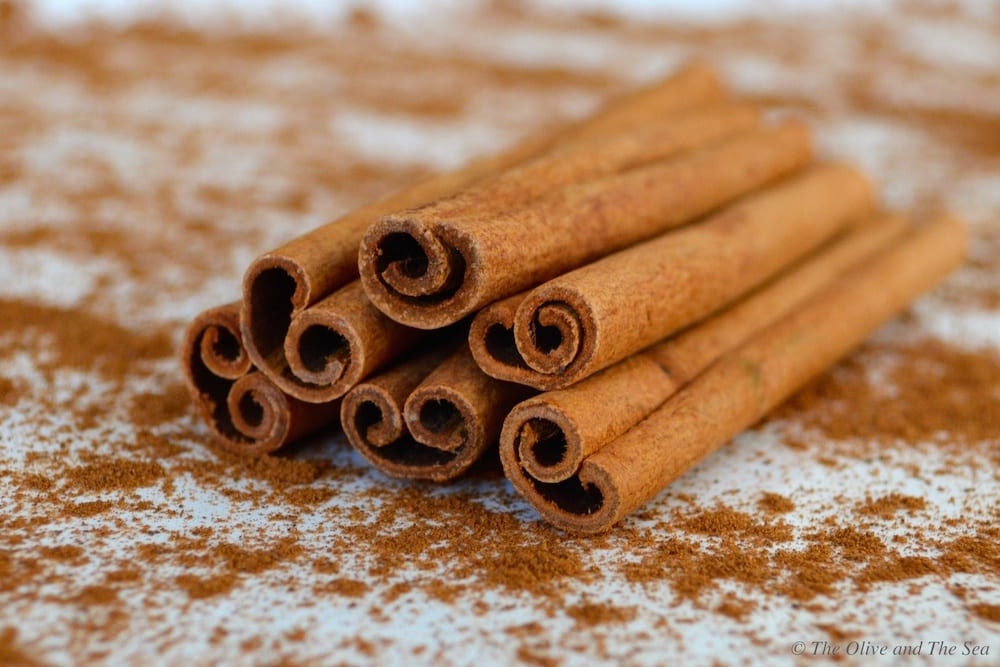Pantry Essentials – Cinnamon

Cinnamon is such a wonderful spice and certainly one of the most popular. Apple pie, peach cobbler, cinnamon buns, just mentioning them makes me think of the wafting smell of cinnamon in the air.
Greek cooking calls for cinnamon on a regular basis and not only for sweet dishes. It is also used in small amounts for certain savory foods, especially those where meat is combined with tomato sauce, like Greek Spaghetti with Meat Sauce, Moussaka, or Pastitsio.
Aside from adding wonderful flavor to our food, cinnamon also holds some worthy health benefits. The best known health benefit being the spice’s positive impact on blood sugar levels.
If you’re like me, your approach to buying cinnamon involves picking up a large jar from the grocery store, which you keep in your pantry and use over the next year or two. While there is nothing wrong with this approach, the more I learn about cinnamon, the more I wonder if it might be worth taking more care when purchasing and using this special spice.
Ceylon vs. Cassia
There are two main varieties of cinnamon on the market, Ceylon and cassia. Ceylon cinnamon is milder and preferred by chefs and bakers. Cassia is stronger and the primary variety of cinnamon available in the commercial market. How does one determine whether a cinnamon is Ceylon or cassia? Aside from the label specifying so, purchasing the cinnamon in stick form is a good way to determine its variety. If it is cassia, the cinnamon will look like a single bark layer rolled into a stick, as shown in the picture above. If it is ceylon, the stick will appear as many thin layers of bark rolled together.
Cinnamon Sticks vs. Powder
As with any spice, the fresher the better. By purchasing the cinnamon in stick form and grating it into powder when needed, you get to enjoy the spice freshly ground, similar to the way people enjoy freshly ground coffee or pepper. The key is to having the proper grinder such as a coffee grinder or a hand held micro grater.
Also, buying cinnamon sticks versus powder ensures that what you are consuming is actually cinnamon. While it is difficult to specifically quantify the prevalence of cinnamon fraud, it does make the list of 15 most common counterfeit foods according to Bon Appetit.
So there you have it. Who knew there was so much to think about when cooking with cinnamon!
